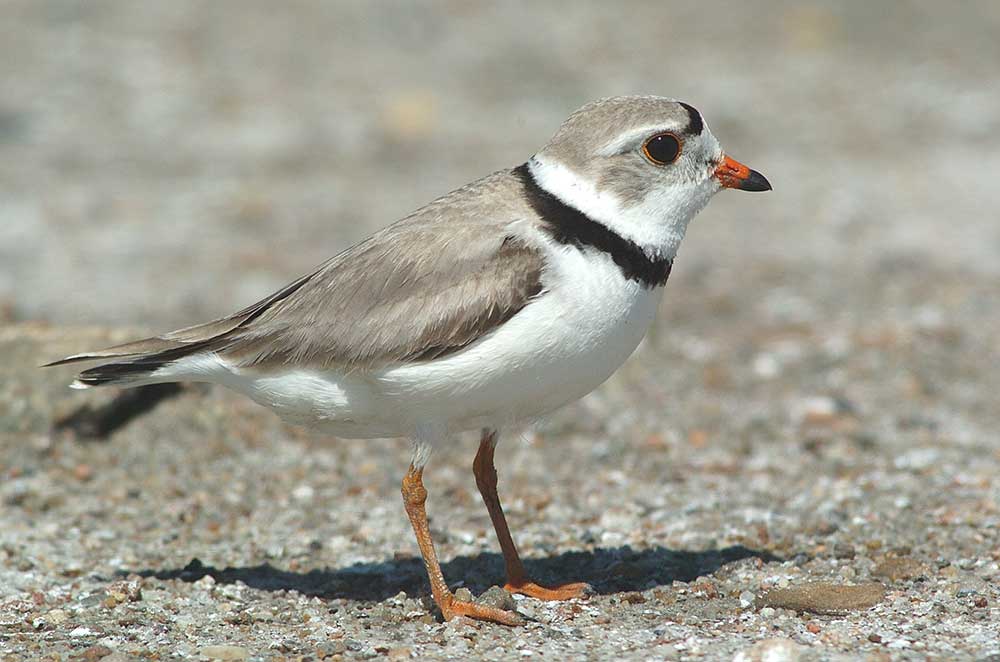In recent years the Prairie Conservation Forum (PCF) has moved to an ‘outcomes focused’ Prairie Conservation Action Plan (PCAP) with the intent of providing a spatial focus to applied knowledge, stewardship and extension efforts.
These outcomes target large native landscapes, connecting corridors and isolated habitats. With limited resources, the PCF has focused on the first outcome until recently.
Various measures have been undertaken to ‘prepare the ground’ for effective conservation action on the conservation corridors outcome. These measures and a listing of relevant resources are as follows:

